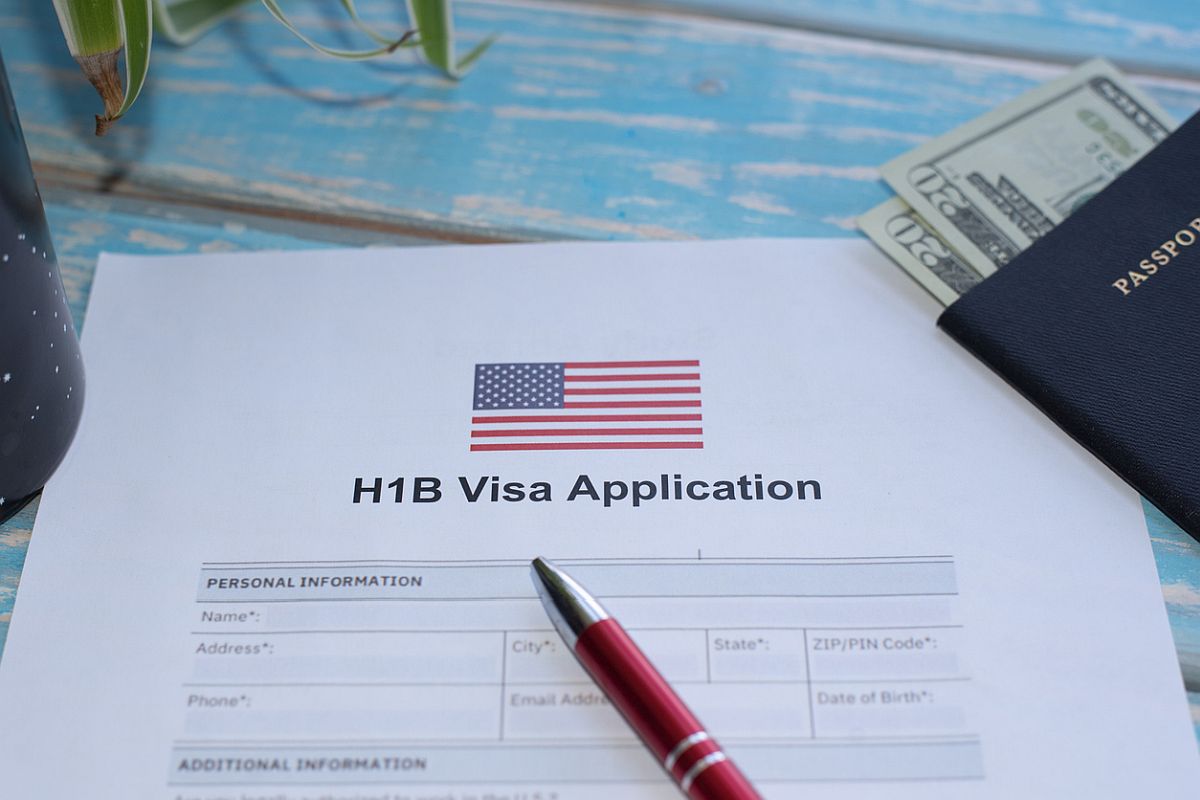The H-1B visa programme has long symbolised opportunity for skilled professionals worldwide, particularly Indians, who form the majority of its recipients. Yet, this much-coveted gateway to professional advancement in the United States is increasingly mired in uncertainty and political scrutiny, raising questions about its sustainability and the aspirations tied to it. At its core, the H-1B visa programme offers a mutually beneficial exchange: the United States attracts global talent essential for its industries, while foreign professionals, many from India, gain access to higher wages and career growth. For Indian applicants, the appeal is clear.
The programme promises not just financial betterment but also the prestige of contributing to cutting-edge industries, particularly in technology. However, the realities of the programme often fall short of its promise, leaving many in a state of flux. One major criticism of the H-1B programme is its vulnerability to misuse. Allegations of fraud and abuse have persisted, with claims that some employers exploit the system to hire cheaper labour, thereby displacing local workers. This has fuelled resentment in America and made the programme a recurring target in the broader immigration debate. The political volatility surrounding H-1B visas, particularly under administrations favouring stricter immigration policies, has further complicated the pathway for aspirants. Higher rejection rates, delays in processing, and an uncertain future under shifting policy landscapes have left many potential applicants apprehensive.
Advertisement
Another glaring issue is the limited pathway to permanent residency. While the H-1B is a temporary work visa, it is often seen as a stepping stone to a green card. Yet, the process is riddled with bottlenecks, especially for Indian nationals, who face wait times stretching into decades due to country-based quotas. This prolonged uncertainty forces many skilled professionals into a precarious dependence on their employers, with limited job mobility and heightened vulnerability during economic downturns. Despite these challenges, the demand for H-1B visas remains steadfast.
The stark wage disparity between India and the United States, coupled with the aspiration to achieve professional excellence, continues to drive Indian professionals toward this uncertain yet lucrative path. Moreover, the contributions of these professionals to the US economy are undeniable, from bolstering innovation in technology to filling critical skill gaps across sectors. The situation calls for a more pragmatic and collaborative approach. US policymakers must recognise the value skilled immigrants bring while addressing legitimate concerns of misuse. India, on the other hand, should push for a more equitable and transparent system, emphasising the mutual benefits of a fairer, more balanced and secure framework.
Simultaneously, prospective applicants must approach their aspirations with pragmatism, diversifying their options and preparing for potential roadblocks. The H-1B visa, while a remarkable opportunity, is far from a guarantee of stability or su – ccess. For Indian dreamers, it remains both a beacon of hope and a cautionary tale ~ a complex interplay of ambition, policy, and resilience in a rapidly changing global landscape. Of course, the challenge for the Indian ecosystem is to ensure skilled individuals stay back, instead of flocking to the US.
















